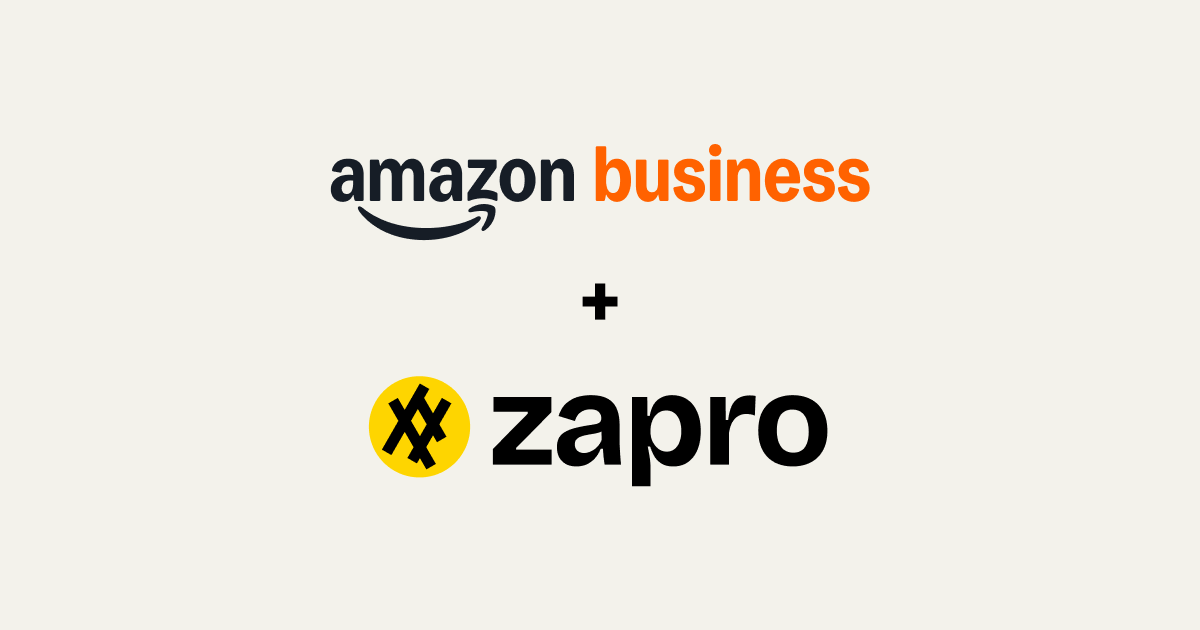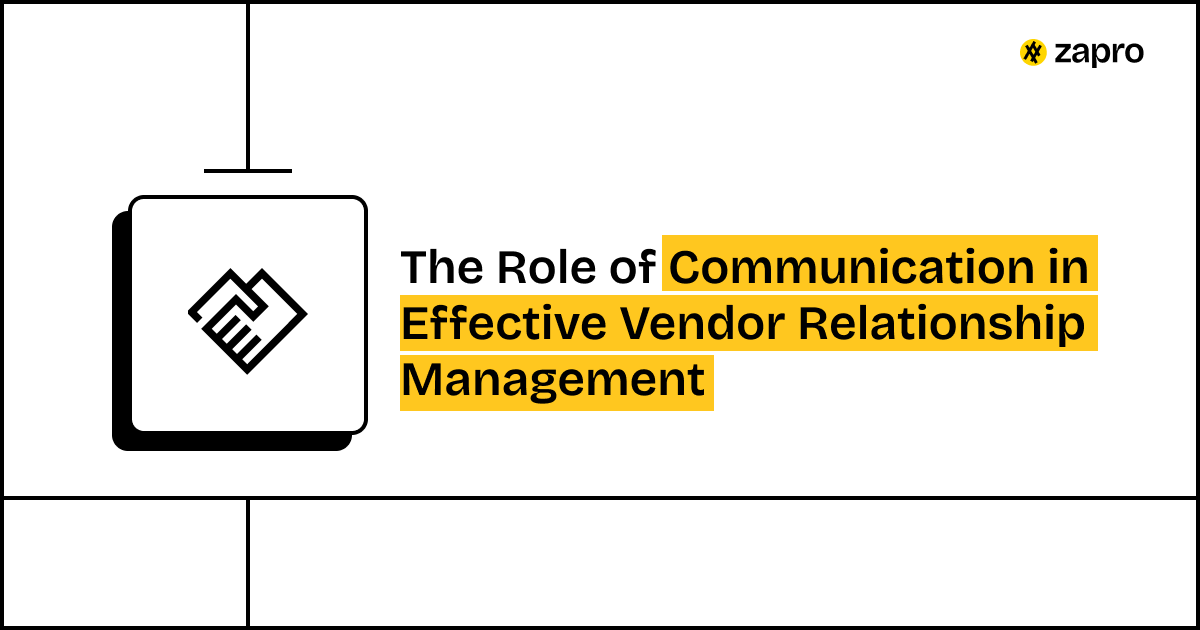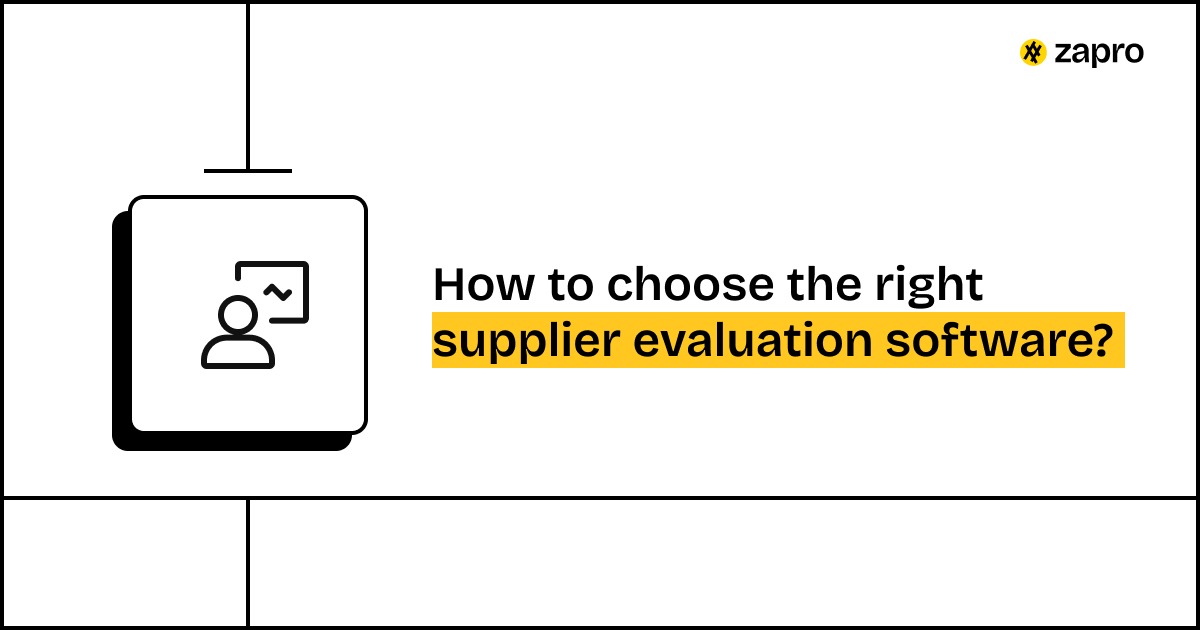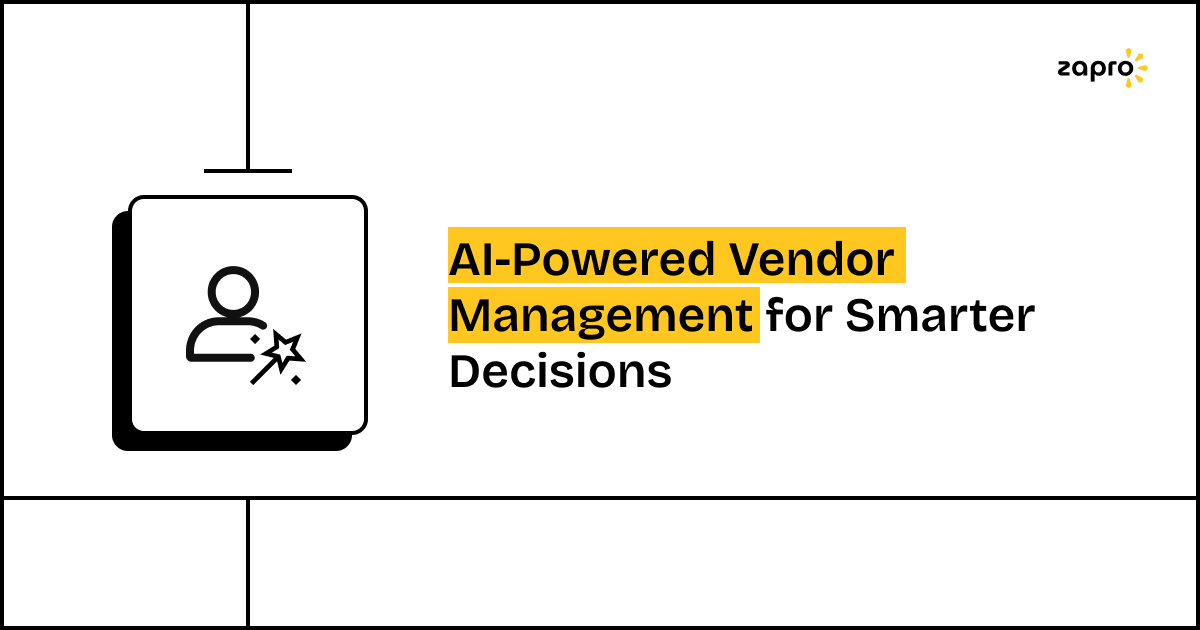A successful vendor relationship operates similarly to a distant partnership. The best contract, combined with excellent intentions, will not save a partnership when communication remains inconsistent and unclear. Procurement organizations utilize communication as their operational lubricant to minimize costs, drive innovation, and protect their supply chain networks.
The primary reason behind project delays, unexpected invoices, and vendor disputes is a communication breakdown or failure to prevent it. Your organization needs to develop effective vendor communication strategto transform basic transactions into supplier engagement best practices.
Communication: The Cornerstone of Strong Vendor Relationships
Any outsourcing arrangement depends on the quality of communication between your teams and vendors for its success. The dialogue determines both the speed of operations and the quality of work and the final value delivered.
Why Communication Failures Lead to Project Delays and Cost Overruns
When relationship management communication is not effective enough, it creates back logs and many unanswered messages. It could start off with vague emails, missed deadlines, and unacknowledged concerns pile up, leading directly to financial and operational pain.
- Misinterpretation: Unclear requests lead the vendor to build the wrong thing, resulting in expensive rework and extended timelines.
- Hidden Issues: Vendors may hesitate to flag potential problems early if they feel your organization is punitive or inaccessible, turning small snags into major crises.
- Lack of Accountability: Without a centralized, auditable record of commitments and decisions, it’s impossible to hold either party accountable when something goes wrong.

77% of companies are investing in deeper and more collaborative supplier relationships to improve resilience and agility.
The Benefits of Proactive and Transparent Dialogue
On the flip-side, strong, transparent vendor interactions deliver immediate, tangible benefits.
- Accelerated Decision Making: Clear channels and defined protocols allow for rapid clarification and approval, shaving days off project timelines.
- Increased Trust: When a vendor knows you will be honest about your challenges and clear about their performance, they feel valued and are more likely to share their best ideas and offer preferential service.
Co-creation of Value: Open communication allows vendors to suggest more efficient processes or superior materials you didn’t know were available, fostering genuine supplier engagement best practices.
Learn about procurement software.
Establishing Effective Communication Channels with Vendors
Never avoid communicating with the vendor at regular intervals. An appropriate vendor communication strategy demands structured protocols and leveraging the right tools.
1. Defining Communication Protocols and Points of Contact
Every person in the system needs to know who to approach and for what purpose. This is mutual for both parties:
- Primary Contacts: Designate appropriate persons with adequate knowledge and access to essential details. Similarly, let your vendor designate a person to do the same. This ensures a smooth flow of the process.
- Escalation Paths: When the issues need a supervisor or manager’s intervention, there should be a proper channel to escalate and a timing for resolving them. This ensures problems are handled quickly at the appropriate level.
- Response Times: Set reasonable response times for different types of communication (e.g., 2 hours for urgent operational issues, 24 hours for routine inquiries).
2. Leveraging Technology for Centralized Communication
Avoid using phone calls, instant messaging, or relying on scattered emails if you want transparent vendor interactions.
- Single Source of Truth: Pick a platform, let it act as the central hub for all source of information related to documentation, scope changes, and communication threads. Introducing the platform confirms everyone stays updated – in real time.
- Reduced Fragmentation: As a result, the platform brings together everyone in the system for approvals, questions, and performance feedback. This reduces communication breakdown prevention failure.
3. Regular Check ins vs. Ad Hoc Interactions
Always be the first to reach out and enquire, every relationship requires spontaneous communication, and structure drives stability.
- Scheduled Touchpoints: Put in place predictable check in meetings (weekly for projects, quarterly for strategic reviews). This helps identifying issues when they are minor and they turn in to a bigger problem.
- Purpose Driven Meetings: Let every meeting be documented and circulated to the respective teams. This helps to speed up things in the system.
Learn about vendor management software.
Effective Communication, Better Vendors

Key Pillars of Successful Vendor Communication
The relationship management communication is devised to reward the business by helping it measure based on behaviours.
Clarity and Conciseness: Avoiding Ambiguity
Never send email messages in a rush. Most of the time, it fails to convey what it needs to.
- Be Direct: Be clear in what you have to convey. Start off with the precise subject line.
- Use Simple Language: Not everyone understands Jargons and other complex uses of sentences. So, use simple language.
- Confirm Understanding: Once you have shared the details pertaining to a critical decision or raised a requirement, ask the vendor to summarize their understanding. Paraphrasing reassures that both parties are on the same page, it also builds mutual trust.
Consistency and Predictability: Building Trust
Trust, in other words, can be interpreted as faith that your vendor has in you and clearly knows what to expect from you.
- Consistent Tone: Be polite, assertive, speak like a professional in every situation, and maintain a transparent tone in all interactions.
- Standardized Templates: Use templates for recurring communications (e.g., scope change requests, performance feedback forms). Being consistent always helps simplify the process and reinforce your vendor communication strategy.
Active Listening and Feedback Loops
Communication is two ways; one listens to what the other has to say and then responds to it assertively. Gather whatever your vendor’s message is and respond to it appropriately.
- Acknowledge and Validate: When a vendor reaches out to you with suggestions or a potential issue that is hindering the smooth flow of the function, acknowledge it first. Once you have understood the situation correctly, come up with the right solution. This approach fosters a partnership mentality.
- Structured Feedback: Implement formal feedback loops where both parties review the quality of the communication and the overall relationship health, turning feedback into a supplier engagement best practices ritual.
Cultural Sensitivity in Global Vendor Relationships
When you handle overseas vendors, it might require relationship management communication with extra care and tension.
- Respect Time Zones: Vendors might connect from different time zones; therefore, schedule meetings at reasonable times.
- Understand Context: Distinguish that straightforwardness and conventionalism vary widely across cultures. Devise your vendor communication strategy to work under the qualities of being polite all the time and deferential where appropriate. This way it is easy to restrict potentially aggressive or overly casual language.
Managing Expectations Through Communication
Many long-term supplier partnerships come to an abrupt halt when the expectations are not met. However, an effective use of communication helps align with everyone’s interests.
Setting Clear Scope and Deliverables
The terms and conditions agreed in the contract management establishes the legal framework; however, the back & forth exchange of communication defines the operational reality.
- Document All Details: Document everything that is agreed and never accept anything that is out of the agreed terms. It’s better to use visual aids, specifications documents, and clear acceptance criteria.
- Agree on Milestones: Set smaller milestones rather than bigger ones; this helps measure the distance covered and the approached method. Confirm mutual agreement on the definition of “completion” for each.
Communicating Performance Expectations and Feedback
Constructive feedback that is delivered promptly and specifically is welcomed with the right attitude. This also helps in transforming it into a supplier engagement best practices.
- Timely Feedback: Feedbacks provided on the right time, irrespective of whether they are positive or negative, are the lessons to share and grow. Waiting for quarterly reviews proves to be ineffective.
- Focus on Behavior, Not Character: Here is an example to how constructive feedback is given., “The last two deliveries were 48 hours late, which impacted our line,” rather than “You are unreliable.”). Never attack the character.
Handling Changes and Scope Creep Effectively
Set the tone to accept change and never overwhelm:
- Formal Change Process: Use transparent vendor interactions so as to the heavy-weight process, which is the scope for all changes, falls in place without disturbing others. Therefore, it would cover impact assessment, cost revision, and formal sign-off before work begins.
- Communicate the Cost: Clearly mention of how a delay impact’s heavily on the vendor’s timeline and profitability, not just your own. This instigates mutual accountability on both sides.
Communication for Conflict Resolution and Issue Management
The relationship management communication is tested when things take a wrong turn.
Early Warning Systems for Potential Problems
Even before issues erupt, the perfect vendor communication strategy effortlessly spots the brewing trouble before it turns into a disaster.
- Required Status Reporting: Mandate regular, candid status reports that highlight risks and roadblocks, not just completed tasks.
- Encourage Transparency: Appreciate and encourage vendors who point out the internal issues or spot the ones that may arise – even if it is bad. This is a sign of honesty, and it is valued when exhibited at the right time.
Structured Approaches to Addressing Disagreements
The right approach when conflicts erupt is to get to the root of the issue and solve it without blaming it on anyone.
- Focus on Facts: Stay on path, keep the discussions based on agreements that are recorded in the documents and objective data. The centralized data hub becomes essential here for communication breakdown prevention.
- Seek Shared Interests: Find out the hiding reason that is causing the disagreement.
- Is the vendor’s concern about payment or capacity?
- Is your concern about market competitiveness or reliability?
- Solving the underlying interest leads to a lasting solution.
Turning Challenges into Opportunities for Growth
Putting down a conflict also helps strengthen supplier engagement best practices, when approached correctly, the situation turns into a fruitful opportunity. Settling a conflict should involve both parties and should be fair. This helps build trust and demonstrate your commitment to the long-term relationship.
Measuring the Effectiveness of Your Vendor Communication
It is essential to measure the vendor communication strategy to improve it. Without proper alignment with the truth, everything might sound feasible.
Feedback Surveys and Relationship Health Checks
The best way to get started is by collecting feedback periodically from the vendors on the communication quality.
- Communication Clarity Score: Get the key information from the right people (your vendors) ask them to give honest feedback on the clarity and timeliness of your instructions.
- Responsiveness Index: Time is the key to success. Everything needs to be on time, so check the turnaround time of your internal team. Simply, ask them to provide essential information or approvals to the vendor to find out how long it takes.
Impact on Project Success and Vendor Performance
The ultimate measure of successful relationship management communication is business outcome. Track the correlation between high communication scores and metrics like on-time delivery, quality acceptance rates, and annual cost savings achieved through collaboration.
Conclusion: Communicate Your Way to Vendor Excellence
Effective communication is the engine of high-performing procurement. It is the tool that transforms transactional suppliers into committed partners. By establishing a clear, predictable, and transparent vendor interactions approach, you minimize risk, accelerate projects, and unlock vast collaborative value.
Mastering your vendor communication strategy is the clearest path to achieving supplier engagement best practices and driving genuine vendor excellence.
Are you ready to centralize your relationship management communication and ensure communication breakdown prevention?
Explore how Zapro’s collaborative portal can provide the centralized, auditable hub your vendor relationships need.

Unlock the Hidden Power of Vendor Communication
Turn conversations into competitive advantage
Don’t miss our weekly updates
We’ll email you 1-3 times per week—and never share your information.
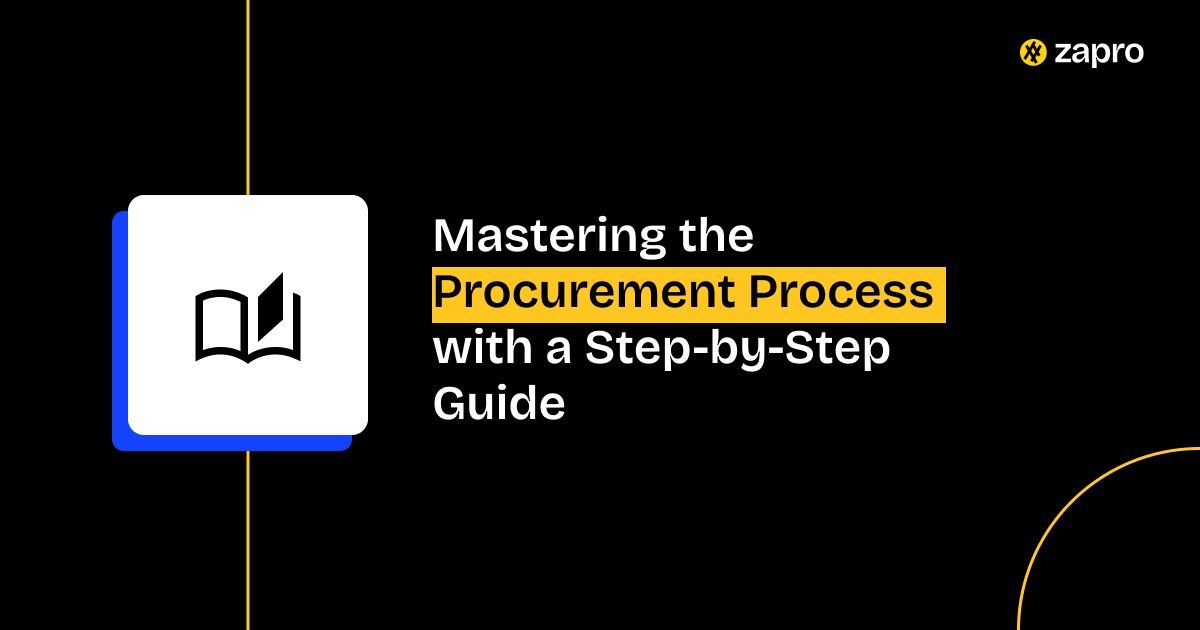
 Healthcare
Healthcare Financial Services
Financial Services Technology
Technology Venture Capitalist
Venture Capitalist Chief Procurement Officer
Chief Procurement Officer Chief Financial Officer
Chief Financial Officer